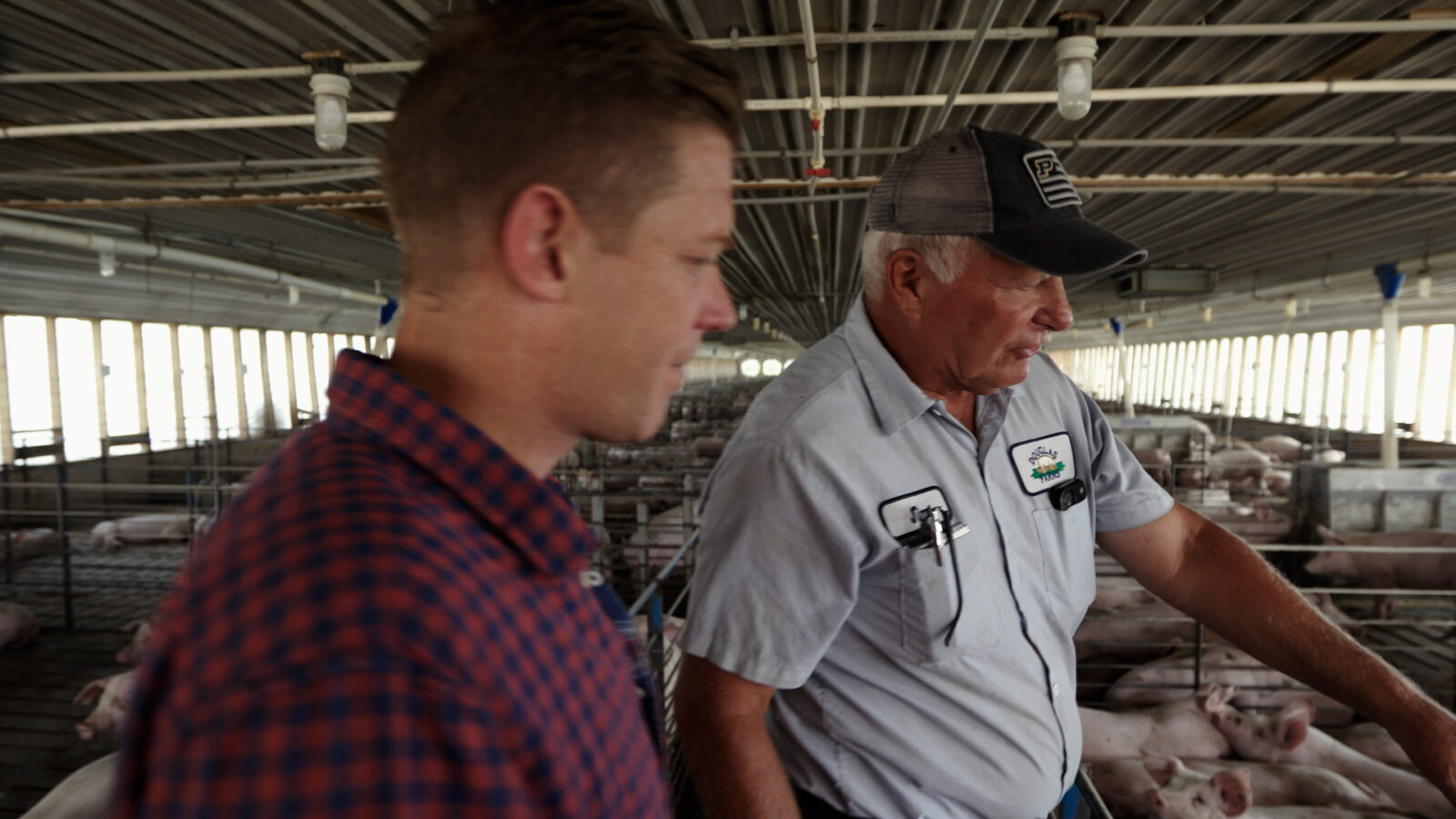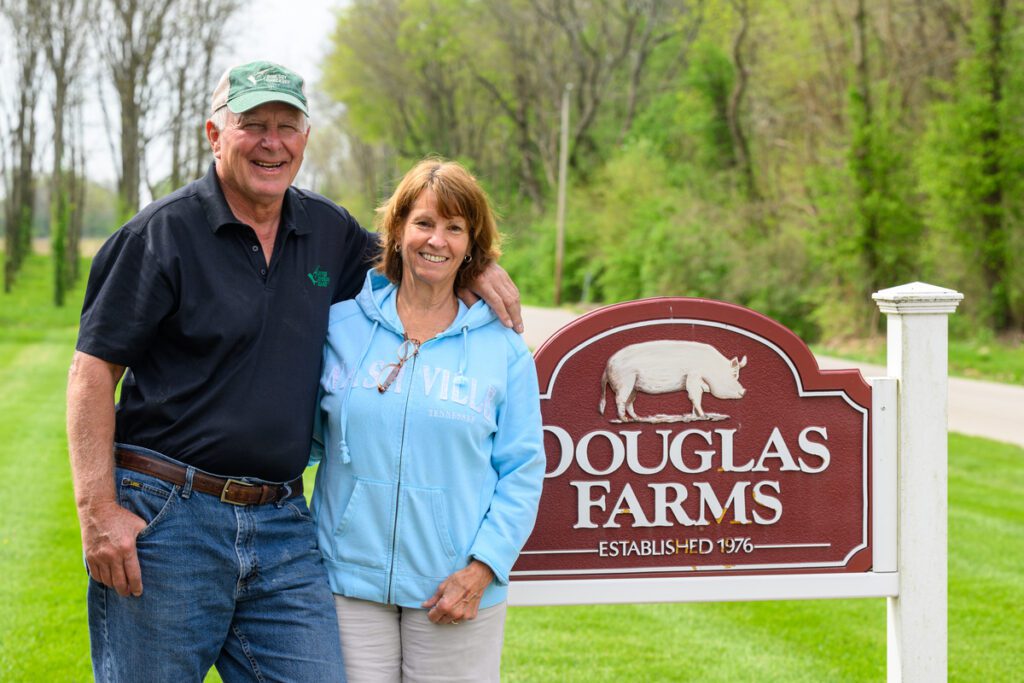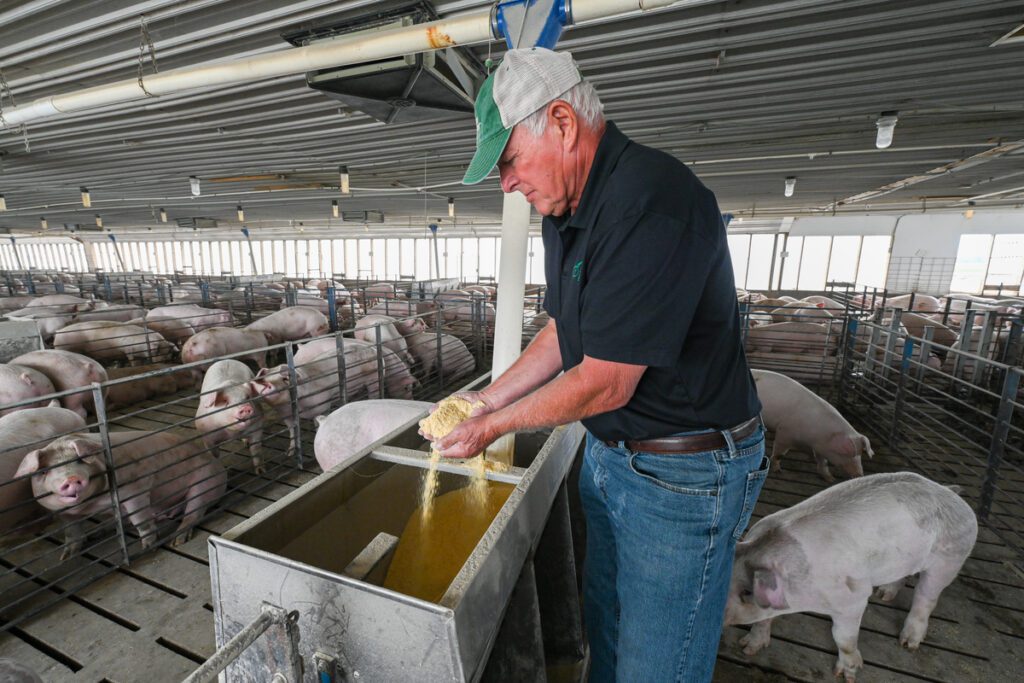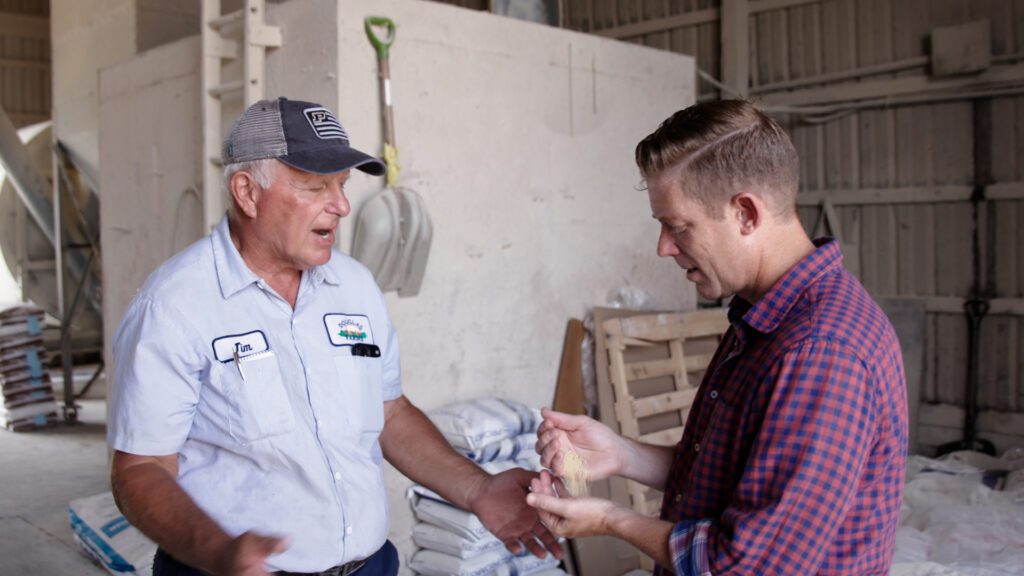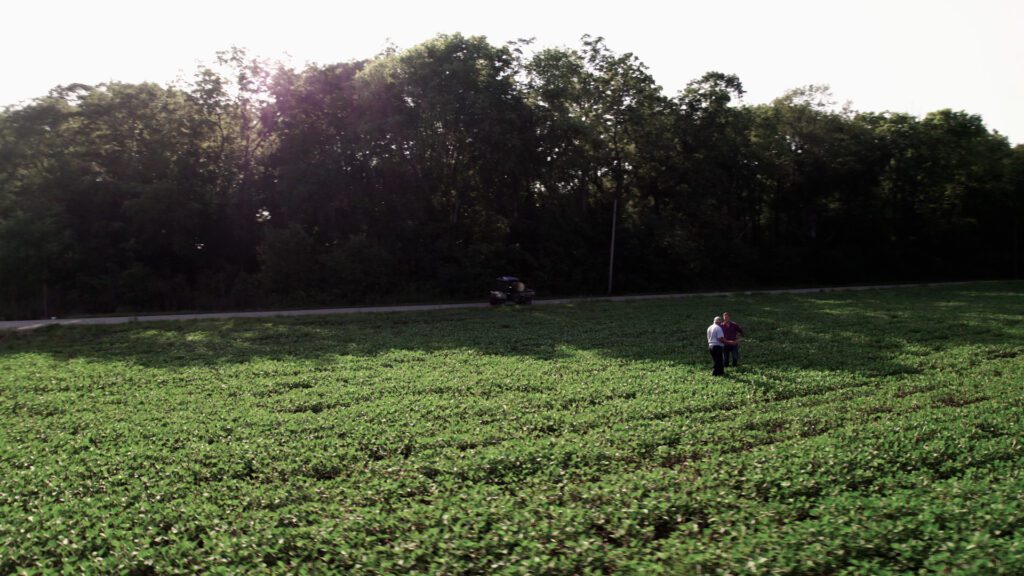The Ground Work series shares the perspectives of U.S. soybean farmers as they observe how the U.S. Soy industry lays the groundwork to grow innovative, reliable and sustainable solutions for people and communities around the world.
What have you enjoyed doing with your parents or grandparents? What do you do with your children or grandchildren?
For my family, many of our intergenerational connections center on our family farm.
I got to share how we care for that farming legacy, our land and our animals as part of GroundBreaking: A Story of Innovation, a documentary that tells the story of U.S. Soy. Our family’s story and focus on circles mirrors that of thousands of other farmers throughout the U.S.
In the 1870s, my family started farming near Flat Rock, Indiana, about 45 miles or 72 kilometers south of Indianapolis, in the heart of the U.S. Midwest. As the responsibility to care for the land passed down from father to son, my grandfather and my father both farmed and worked outside the farm because of our small land base and other family needs.
When I started farming after college roughly 100 years after the farm was founded, I made it full-time again, raising soybeans, corn and pigs. The farm supported our family for decades. We served as caretakers of the land, working to provide quality products and leave it better than we found it.
Then, about 10 years ago, my son James decided to join the farm. He and his wife are now raising their four children on the farm where I grew up, and where my wife and I raised our five children. And if any of my grandchildren, another generation, want to farm, I aim to make that option available for them. That’s a full circle for me.
But that circle wasn’t the only one that brought GroundBreaking host Jeff Houghton and the documentary film crew to our farm.
As I gave Jeff a tour of our pig barns, feed mill and soybean fields, we discussed how raising crops and animals complement each other. The crops we raise, including soybeans, feed our pigs. The pigs produce meat that feeds people, and we use their waste to raise more crops. That’s a sustainable, circular system.
Our soybeans do more than just feed our pigs. They are ground to produce a feed ingredient with about 48% protein, but the oil that is separated from that protein meal is used for food, biofuels and industrial oils. I’ve learned that food manufacturing plants prefer to use plant-based oils in their machinery for food safety reasons, and soybean oil is one option they use.
GroundBreaking describes a few surprising ways that soybeans are used. I enjoy watching historical documentaries, so the segment highlighting how Henry Ford used soy to make plastics fascinated me. Ford had a huge impact on our society, and he clearly understood the value of plant-based products.
Today, all segments of the industry are looking for sustainable, plant-based products. It is very satisfying to see that the soy I grow as part of my circular system can contribute to creating sustainable, circular systems for consumer products, as well.
During the winter, when I have more free time for television, I tend to watch whatever shows catch my attention. I recommend adding GroundBreaking: A Story of Innovation to your list of interesting shows to watch. The documentary is well done, and I learned quite a few things about soy. I’m sure you will learn new things, as well, and better understand how this plant contributes to circles all around us.
